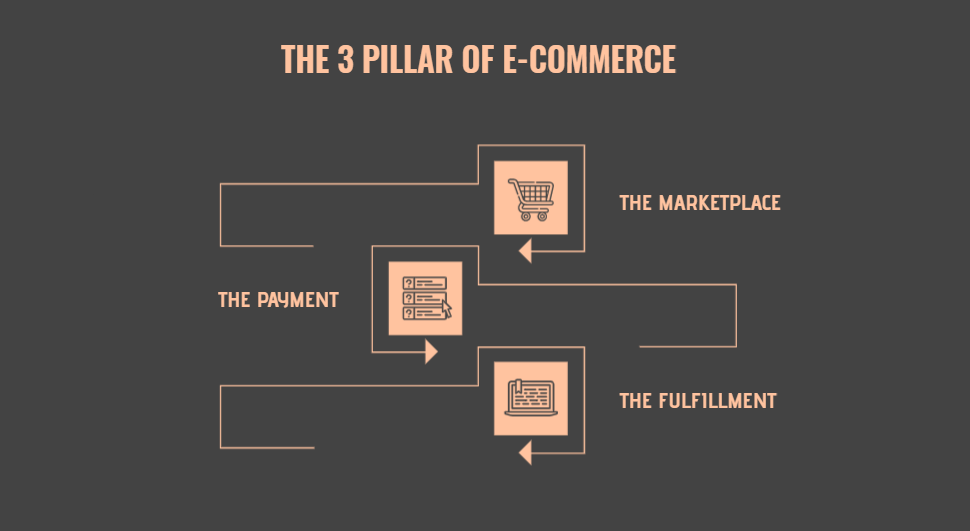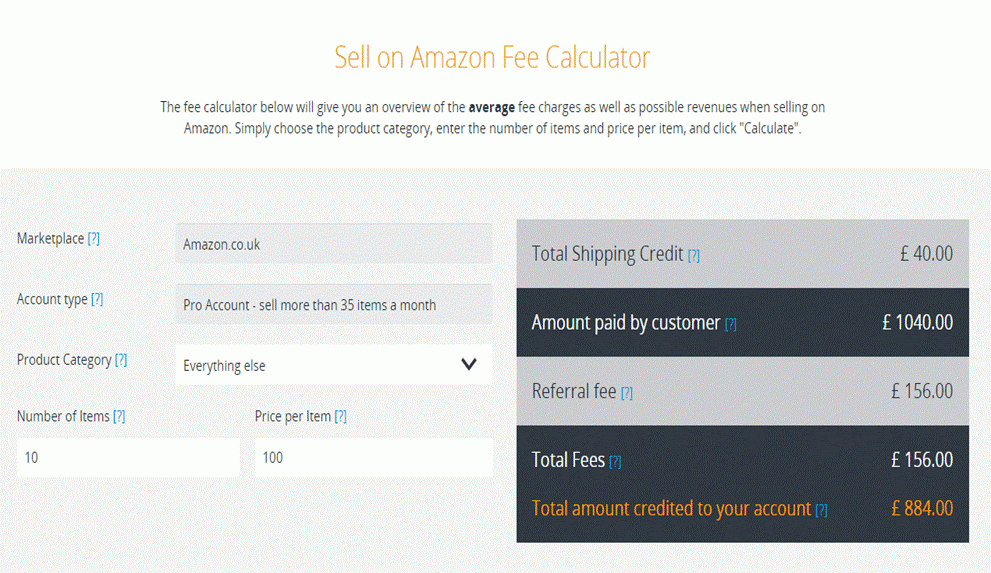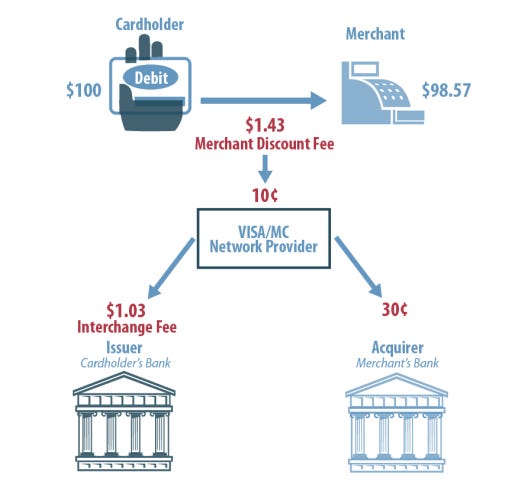It was around 2 years ago when I decided to take the most important turn of my Marketing career: switching to E-commerce consulting (so I can understand the audience better). And after 24 months of work-work balance, long hour stress, constant anxiety, and unhealthy coping mechanism, I have become unforgiving incompetent as a marketer =))
Just kidding! That decision was more of the ‘I’m going on an adventure’ Hobbit kind of decision than a tactical decision. Yet if Bilbo Baggin can write a ‘Hobbit’ from his journey to Misty Mountain, I figure I can craft out something similar.
The term E-commerce itself consists of two parts: the E, which stands for Electronic, and the commerce, which stands for the practice of selling goods to the end-users. At its core, E-commerce is still Commerce and does share the same business principle as the traditional brick-and-mortar store with a few technological twitches. However, when the business starts to expand, those `few technological twitches’, without doubt, will also expand to a considerable gap. So for this article, I would mainly focus on the E part.
The success of E-commerce business is built upon 3 pillars: the marketplace, the payment, and the delivery. Any organization that can single-handedly take full control of those three pillars will set itself to be the next big thing of the market. Shopee can be seen as a perfect example for the statement: They start with the marketplace, gradually nudge in the Shopee Pay (formerly known as Air Pay), and now dominate the delivery options with Shopee Express.
The marketplace
To be honest, my definition for the marketplace can be arguable, but the marketplace can be simply defined as an online site to connect sellers and buyers. This can be setting up a store in a digital mall, or building your own store. Regardless, the goals for the two are the same: to drive as much traffic to your store as possible and to sell goods, or provide service, to the buyer in the most efficient manner.
But yes! Of course, there have to be differences between them.
On the shoulders of giants
Having a store in the marketplace is very much like standing on the shoulder of the giant: You get to leverage all the established infrastructure and therefore benefit from faster launch time. Basically, you can have all your focus on selling while keeping the hustling with payment service providers, supply chain network, website performance at the minimum. All of those are taken care of by the marketplace.
Yet the biggest advantage is that the merchant can capitalize on immense traffic driven to the marketplace. If your business just started, all the marketing and generating audience can cost an immeasurable effort and also money (paid advertising), those burdens can be mitigated with the massive internal and external audience attracted to the marketplace. In fact, around 56% of product search now begins and often ends in the Marketplace like Amazon. Additionally, those audiences have one thing that makes all the difference with any other Internet traffic: Trust. They don’t necessarily trust your business, but they do trust the marketplace, and therefore they are willing to take some risk with you. And Lord be my witness, isn’t that something that can decide a sale or an abandoned cart?
The trade-off for standing on the shoulder of the giant will always be your own freedom. There will be limitations on how you can present your brand. You, as a business owner, can’t exactly customize the customer journey, personalized the approach to your potential customers. Your transaction and your delivery are at their mercy. With hundreds of other hustling businesses, it is nearly impossible to differentiate your brand. Plus, the set-up fee might be fitting for a business with a tight budget, but the commission fee might hit a folding chair (15%) in your face.
And again, the biggest advantages can also be the biggest disadvantage: The massive audience that we talked about, their loyalty are placed at the marketplace, even after purchasing your product. You have no ownership over your own buyers. If you have no ownership over your own buyer, how much control do you think you have over your revenue.
On your own feet
On the other hand, building your own E-commerce site will more or less provide you with such independence: full ownership over your customer journey, design and build-out of the storefront, product catalog updates/creation, and even a feature list of your website. All of those factors can be tailored to compliment your brand and cater directly to the needs of your audience. And most importantly, you can actually communicate with your customers directly and have proper control over the customer database, which can pave the way for affiliate and even partnership. Last but not least, the payment from your customers will be yours to earn. No commission fees. You have complete control over your store, your customer, and your revenue.
In a mirror contrast with the marketplace, as exciting as it can be, this requires a large startup fee and a lot of research and ongoing effort to keep it going and performing well. Your total control over your revenue also comes in a package with managing your expenses such as secure HTTPS certificate, hosting service, website performance optimization, and of course for marketing and advertising. Did I mention Google Ads are 38% more costly than Amazon advertising?
That is not the end. Managing payment and fulfillment is a headache on its own. You will need to handle multiple questions: Which payment method will be integrated and which will not? What if your customers prefer to pay with a credit card, but you only have PayPal as the payment option? What if customers wish to split the payment? You may dodge the commission fee, but the banks and card schema will Naruto their little processing fee and interchange fee in between your transactions. Believe me, those innocent, insignificant 35 cents will add up to a considerable number before you even know it.
And fulfillment and inventory? This matter may never cross your mind when everything is handled by FBA (Fulfillment by Amazon), or Shopee literally spends millions of dollars for shipping discounts. You will not exactly need to build a logistic war machine all on your own. There are 3rd party logistic (3PL) services available, but they can have relatively complex pricing schemes, which can result in “hidden” costs which you weren’t expecting based on upfront rates. All those inbound shipping and receiving fees, storage fees, long-term storage fees, return processing fees, hell even box and packaging fees can be intimidating.
Next, managing and prioritizing orders can be affordable at first, but when the number of orders starts growing, without a proper management system (which is more investment), it is easy for things to fall off track. I will discuss this in more detail in the next article
In exchange for the freedom to choose your own direction, you will need to walk alone, and it can be tiring.
It is not binary
But worried not, there are SaaS providers like Shopify (I know there are some arguments about the business model of Shopify, but for the sake of my point, let's settle that they are), BigCommerce, WooCommerce, or an open-source like Magento to make the practice of building your own store less painful. In a much similar manner with the marketplace, the foundation (infrastructure, security, bandwidth allowance, maybe even basic reporting module) has already been established with a minimal maintenance fee, yet at the same time, you can have your own design and theme for the website, your own customer group with the data about their purchasing habits, create your own marketing campaign and personalized the offer as you like. Certainly, there has to be some restraint in what users can do, the platform makes it up with the customization and integration capacity. Best of both worlds, right?
Each of these platforms will differentiate its offering in terms of architecture, customization and integration capabilities, and of course pricing. For example, Shopify manages the product type by tag while Magento categorizes the products into the 7 distinguished types, which can greatly benefit the reporting module. Magento Community Edition offers users the freedom to customize along with equally big responsibility, and Shopify helps users deliver their website in a flash, with less scalability.
The pricing mostly falls upon the subscription model and can be quite minimal, except for the Magento Community edition (they are quite expensive for something widely considered to be a “free license”). However, they are all looking to lock the users into their ecosystem with exorbitant switching costs (which is logical and reasonable). So it is important for businesses to research and evaluate thoroughly before getting into a marriage with any one of those platforms.
Just like old Steve Wozniak once said. It is not. You don’t have to choose one and cast away the other. Because at its core, a marketplace or an E-commerce site, as mentioned, is merely one of the sales channels. You can use both strategies - enjoy the benefits of selling on the marketplace and managing your respective e-commerce website through integration. This way, you will receive traffic from large markets to your e-commerce website and increase conversions. This can be seen in the case of worldwide brands like Adidas making their presence on Amazon, eBay, Shopee while also owning an E-commerce site as well as the physical footprints.
The only question that matters is how can you effectively manage those channels?
That was it for the first post of E-commerce. Payment and Delivery will be discussed in the next post(s).







waiting for the next article. producing plzz
👌🏻👌🏻👌🏻👌🏻